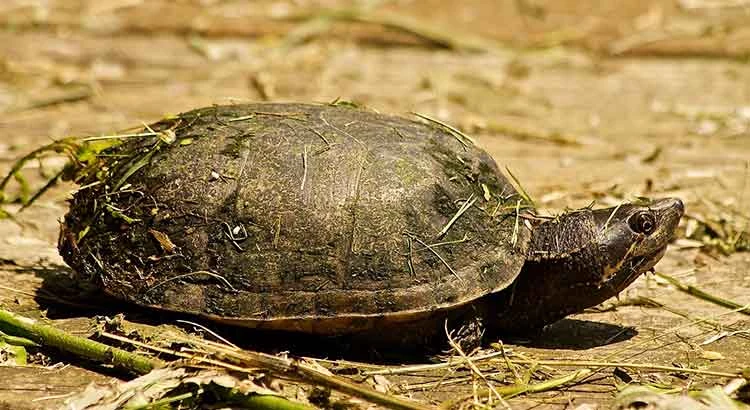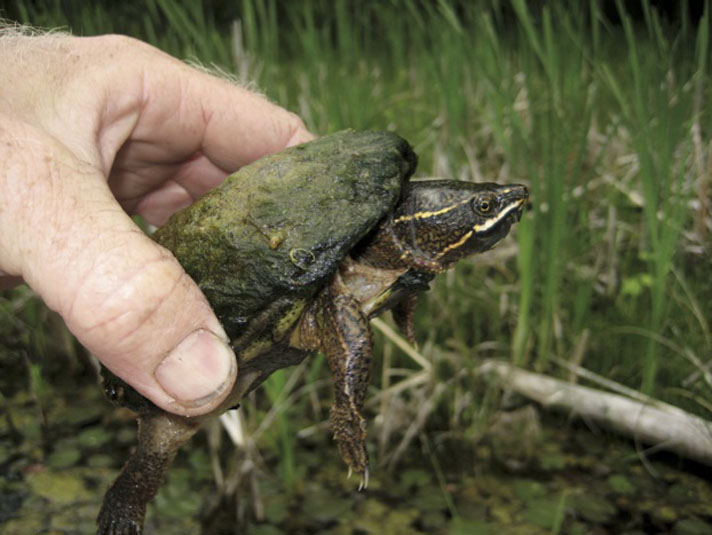Musk turtles, also known as stinkpots, are popular pets among reptile enthusiasts. These small and fascinating creatures are native to North America and belong to the family Kinosternidae. If you are considering getting a musk turtle as a pet, one of the first questions that may come to mind is how big they get. In this article, we will explore the typical size of musk turtles and factors that can influence their growth.
:strip_icc()/passion4natureGettyImages-532646955-ba2b183d0ed44194b60f29de6df5fc24.jpg)
Credit: www.thesprucepets.com
Size and Growth of Musk Turtles
Musk turtles are considered small-sized turtles, making them suitable for both indoor and outdoor enclosures. On average, adult musk turtles reach a shell length of 3.5 to 5.5 inches (8.9 to 14 cm) when measured from the front to the back of the shell. The shell, known as the carapace, contributes significantly to the overall size of musk turtles.
The carapace of a musk turtle is typically elongated and domed, providing them protection and the ability to retreat into their shell when they feel threatened. The coloration and pattern of the carapace can vary among different species and subspecies of musk turtles.
Factors Influencing the Size of Musk Turtles
Several factors can affect the growth and size of musk turtles:
1. Species And Genetics
The size of musk turtles can vary depending on the species or subspecies. There are various species of musk turtles, including the common musk turtle (Sternotherus odoratus) and razorback musk turtle (Sternotherus carinatus). Each species has its own unique characteristics, including size variations. Additionally, genetics can play a role in determining the ultimate size of the turtle.
2. Nutrition And Diet
Proper nutrition is crucial for the growth and development of musk turtles. As hatchlings, they typically consume a diet primarily composed of small invertebrates, insects, and some plant matter. As they mature, the diet should be adjusted to include a variety of food items such as fish, earthworms, snails, and commercially available turtle pellets. Ensuring a balanced and nutritious diet can contribute to their overall size and health.
3. Habitat And Environmental Conditions
The size of a musk turtle can be influenced by the conditions and space it has available to live and move. Inadequate space or inappropriate environmental conditions can hinder their growth. It is important to provide a suitable enclosure with proper lighting, temperature, humidity, and water quality to promote healthy growth and development.
4. Individual Health And Care
Just like any other living creature, the overall health and care provided to a musk turtle can impact its growth. Regular vet check-ups, proper hygiene, and a stress-free environment contribute to their well-being and help them reach their potential size.

Credit: naturerules1.fandom.com
Conclusion
Musk turtles are small-sized turtles that typically reach a shell length of 3.5 to 5.5 inches. Their size can be influenced by various factors including species, genetics, diet, habitat, and individual care. By providing them with a suitable environment and proper care, you can ensure that your musk turtle reaches its optimal size and enjoys a healthy and fulfilling life.






Leave a Reply